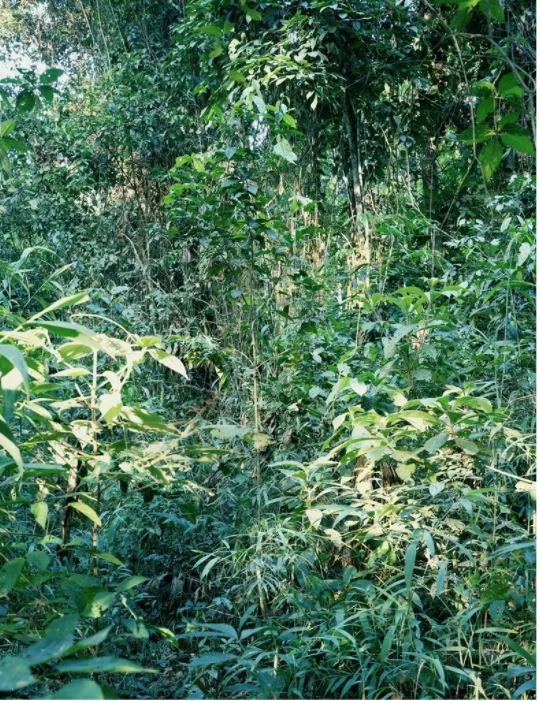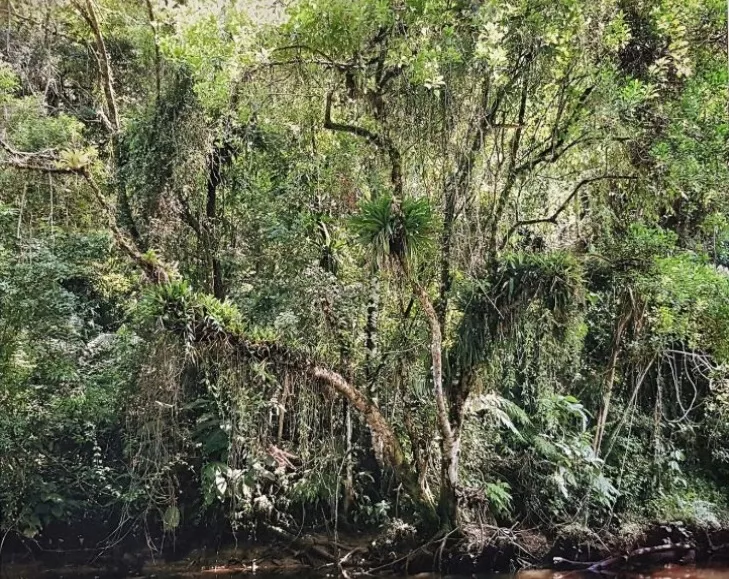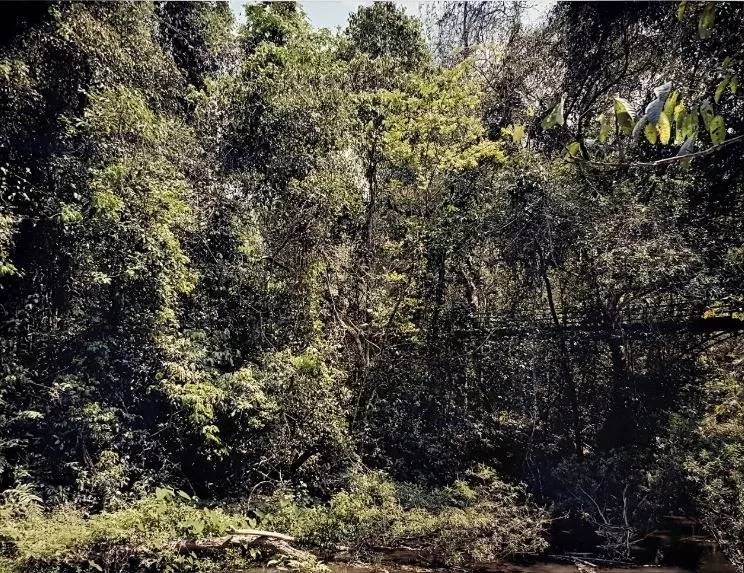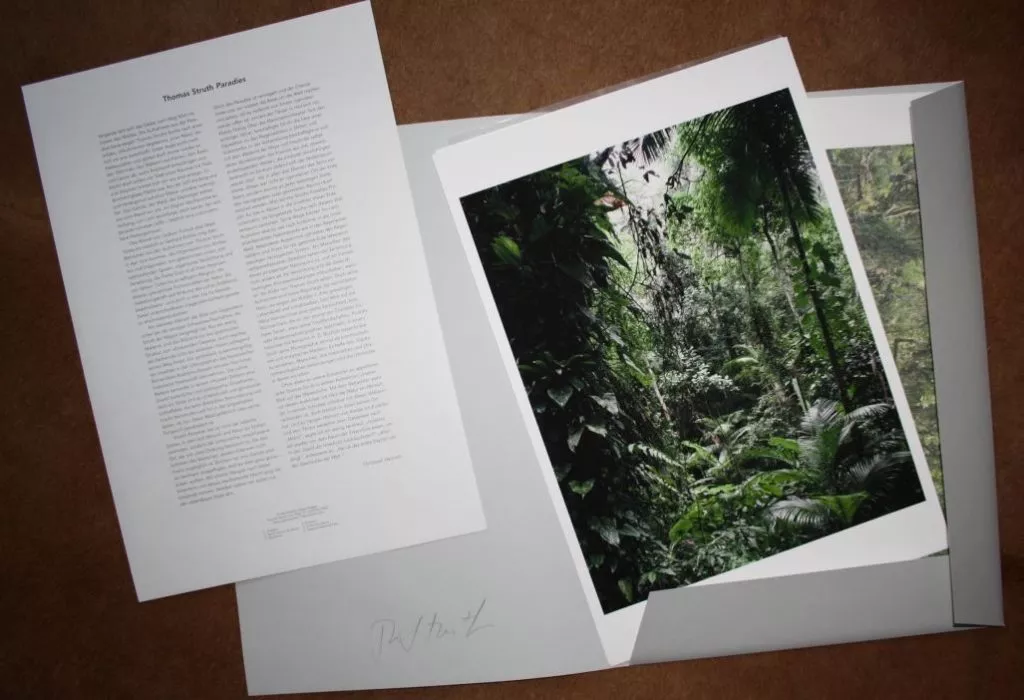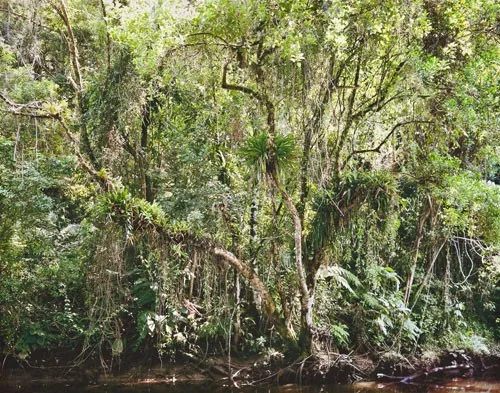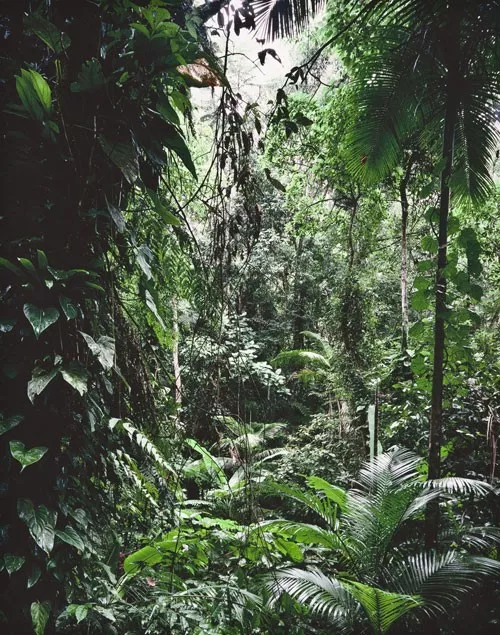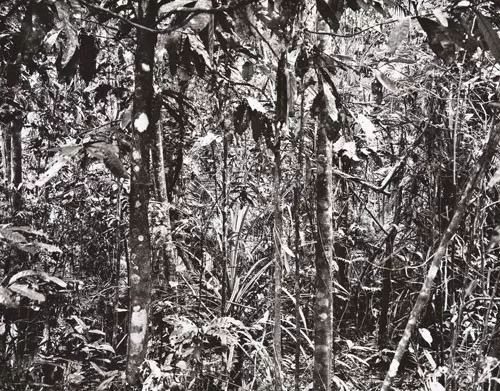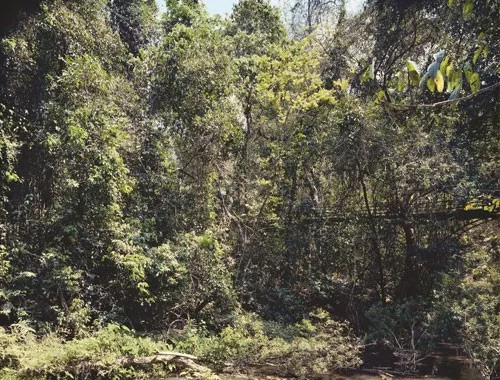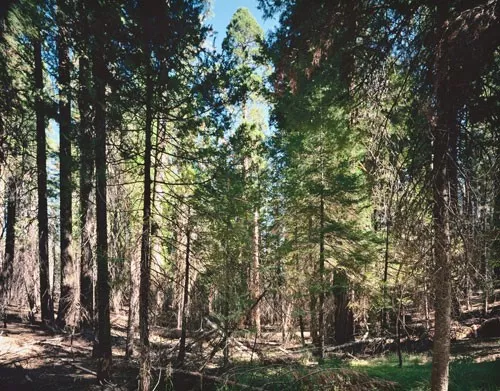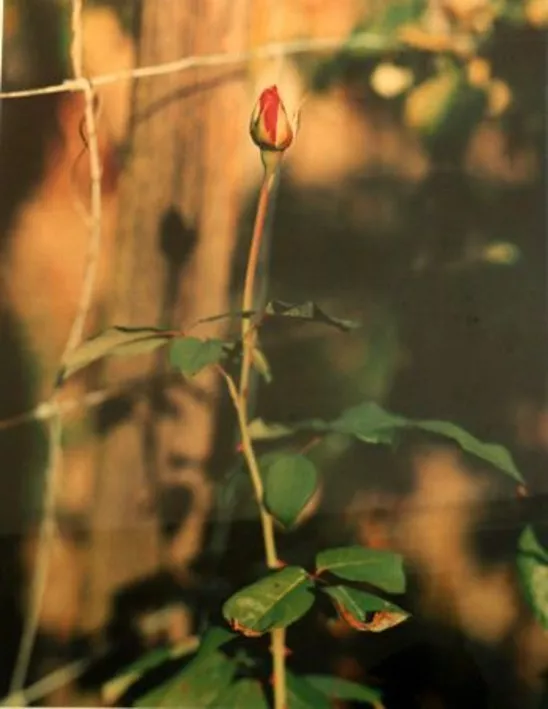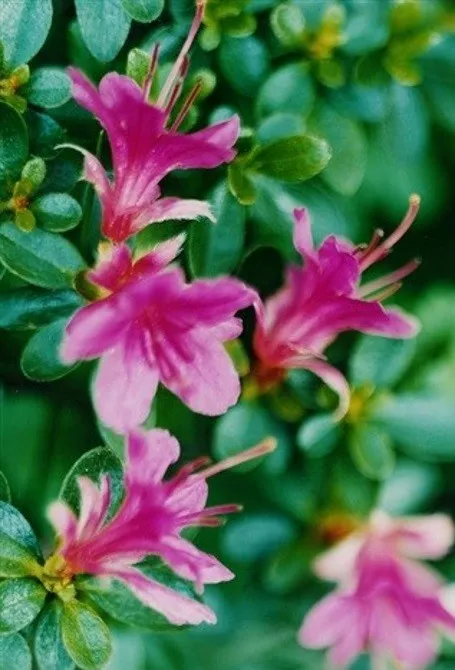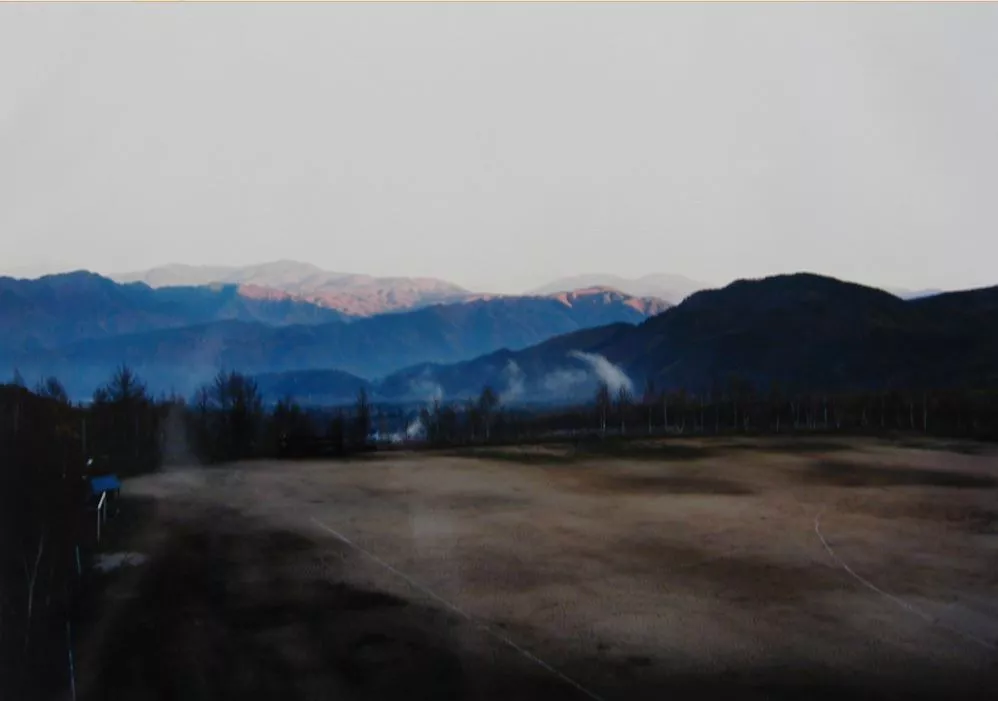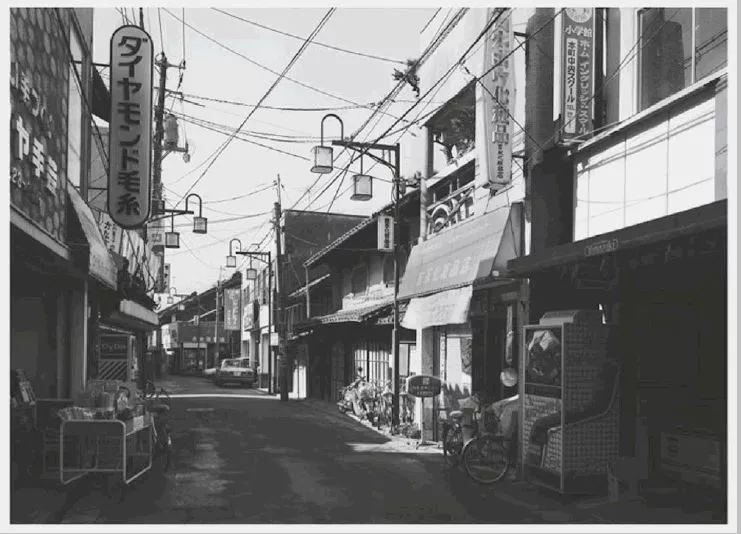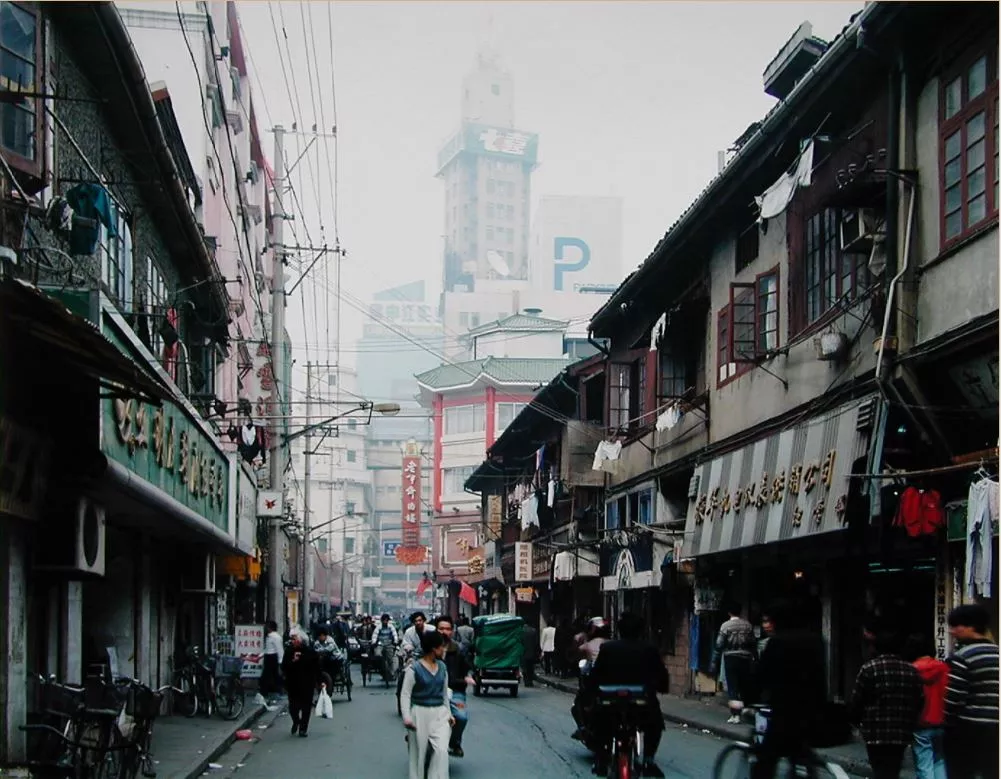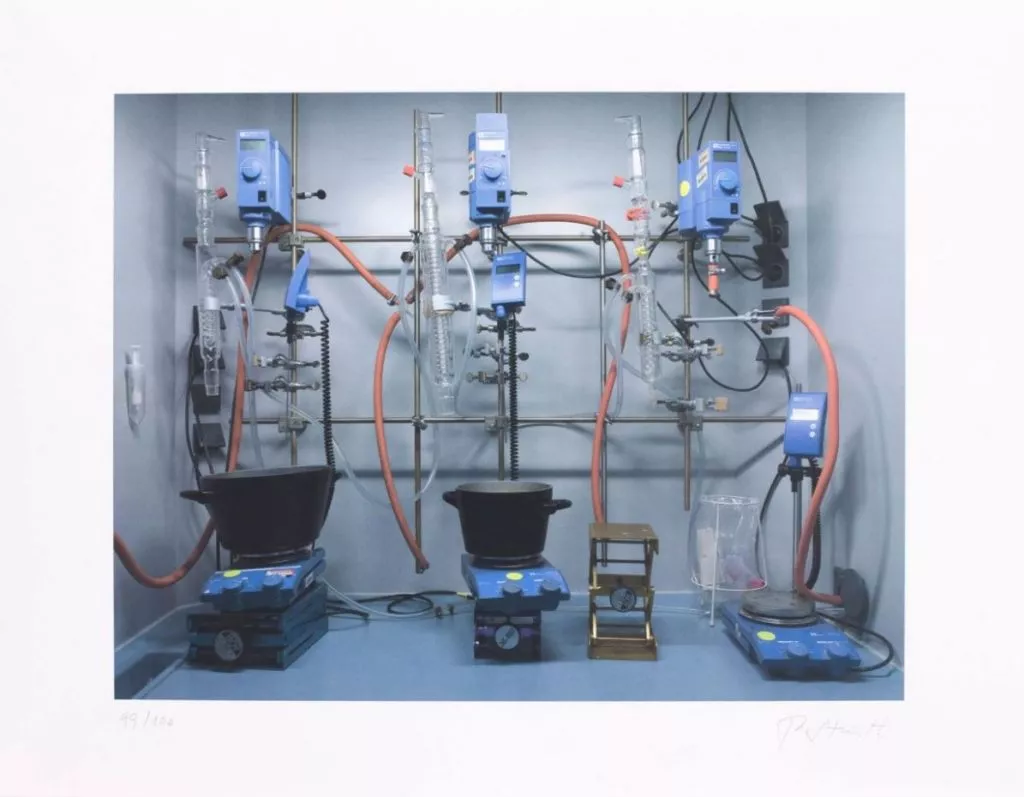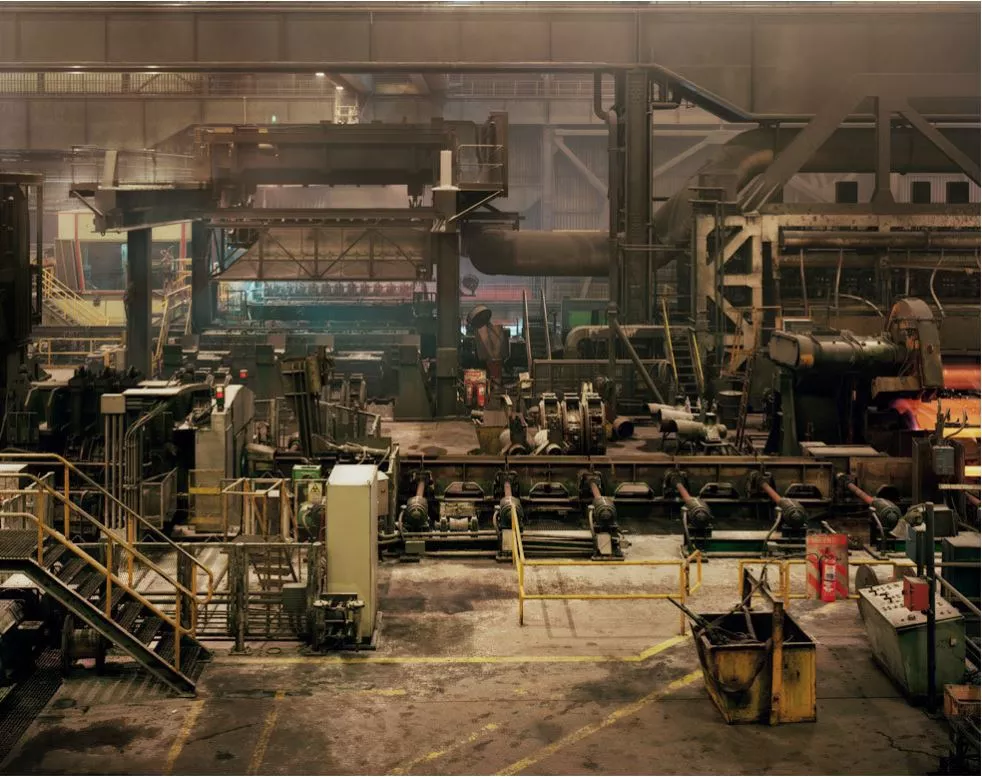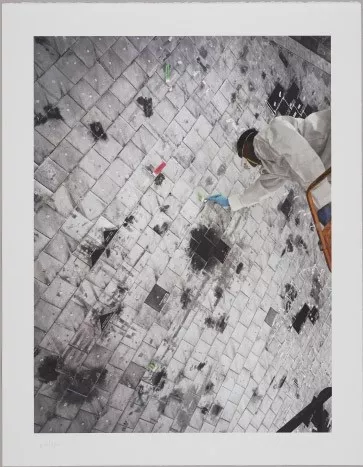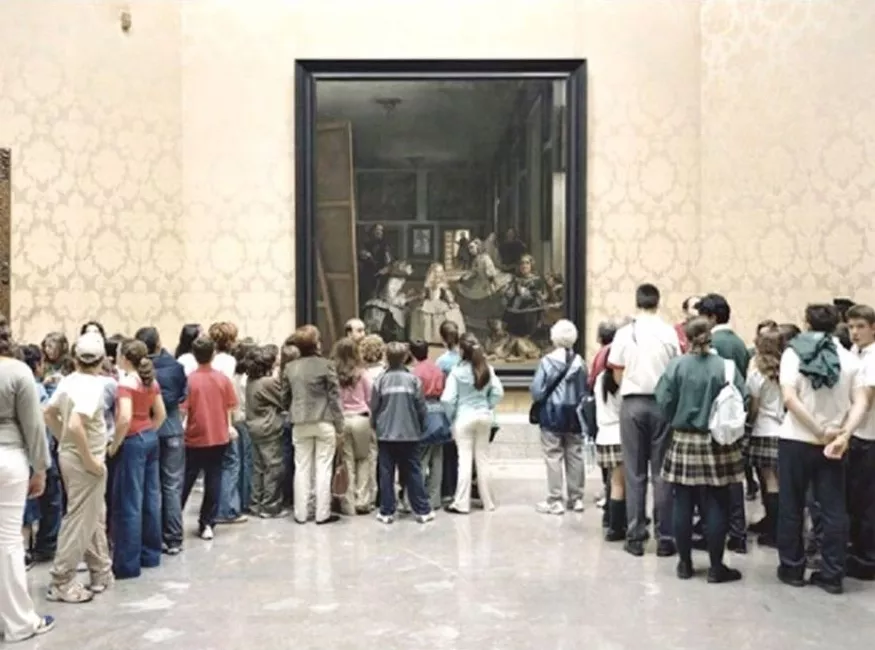Thomas Struth:‘C – print, signed, numbered, edition of 10, size: 90 3/5 × 70 4/5 in. (230 × 179.8 cm). Price upon request.
About this Artwork
Each of Thomas Struth’s “paradises” is a piece of nature devoted to a specific overarching theme. In his photographs can measure up to 9 by 11 feet, Thomas Struth draws the viewer into the magical semidarkness of forests and jungles, the impenetrable yet bright green of trees, bushes, tropical plants, and mossy brooks. Struth found his paradises in China, Japan, Australia, Brazil, Germany, and, more recently, in Peru, Florida, and Hawaii. These picture question out current understanding of so-called untamed nature, its exploitation and mystification, not to mention as a basis for utopias.
About Thomas Struth
Thomas Struth was born in 1954 in Geldern in the German state of Nordrhein-Westfalen, near Düsseldorf. He trained under Gerhard Richter and Bernd and Hilla Becher at the Kunstakademie Düsseldorf from 1973 to 1980. Richter’s early blurred “photopaintings” as well as the Bechers’ direct, methodically composed black-and-white photographs of Germany’s industrial landscape left a lasting impression on the young artist. Initially interested in painting, Struth turned his attention to photography in 1976. Two years later, he was awarded the Kunstakademie’s first scholarship to New York, where he produced a series of black-and-white cityscapes. These deadpan views, taken from the center of various streets, offer vast perspectives punctuated by a seemingly endless rhythm of architectural facades. Strangely absent of both people and motion, Struth’s realistic cityscapes silence the cacophony traditionally associated with the urban experience. In their careful composition and attention to topographical detail, they recall the nineteenth-century Parisian vistas of French photographers Eugène Atget and Charles Marville. Struth exhibited these works in his first solo exhibition, at P.S. 1 in New York in 1978. He went on to produce similar series in Paris (1979), Rome (1984), Edinburgh (1985), Tokyo (1986), and elsewhere.
In the mid-1980s, Struth began a series of color and black-and-white portraits of individuals and family groups, using the same large-format camera he employed for his cityscapes. Struth then developed an interest in Renaissance painting, which precipitated his best-known series, the Museum Photographs. In lush, large-format color prints, Struth captured anonymous individuals and crowds looking at iconic works of Western art in the world’s most popular museums. Louvre IV, Paris (1989) depicts several spectators from the back, immobile before Théodore Géricault’s Raft of the Medusa (1819). Two of them stare at their guidebooks rather than the masterpiece. National Gallery I, London (1989), Pergamon Museum III, Berlin (2001), and Museo del Prado XII, Madrid(2005) illustrate similar scenes. Since the early 90s, Struth has expanded his photographic vocabulary to include natural landscapes (jungles, deserts, forests), intimate nature studies, celebrated architectural monuments (Notre Dame, Milan’s cathedral), and Chinese cityscapes.
Thomas Struth: Juquehy, 2004, pigmented inkjet print, signed en verso, Publisher Griffelkunst, printed on Hahnemühle PhotoRag 308 g/qm, size: 32,9 x 48,3 cm / 30,7 x 39,0 cm, in a wooden frame: 46,5 x 54,5 cm.Sold.
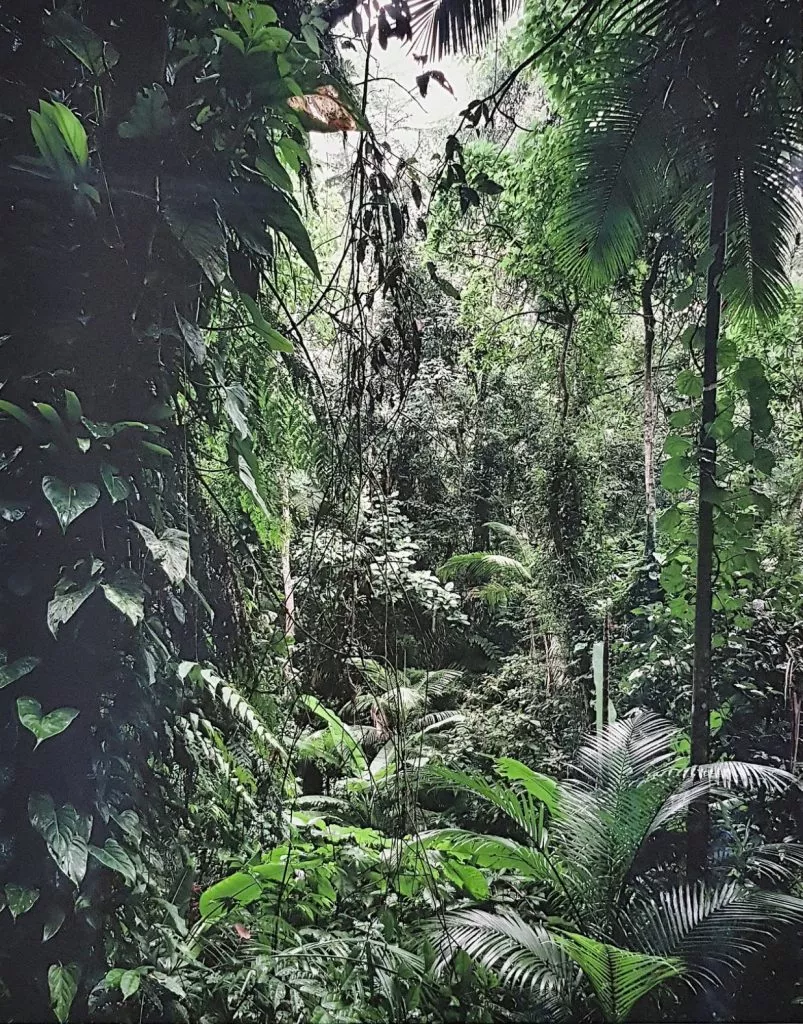 Thomas Struth: Sao Francisco de Xavier, 2004, pigmented inkjet print, signed en verso, Publisher Griffelkunst, printed on Hahnemühle PhotoRag 308 g/qm, size: 32,9 x 48,3 cm / 30,7 x 39,0 cm, wooden frame: 46,5 x 54,5 cm.Sold.
Thomas Struth: Sao Francisco de Xavier, 2004, pigmented inkjet print, signed en verso, Publisher Griffelkunst, printed on Hahnemühle PhotoRag 308 g/qm, size: 32,9 x 48,3 cm / 30,7 x 39,0 cm, wooden frame: 46,5 x 54,5 cm.Sold.
Thomas Struth: Xi Shuang Banna, 2004, pigmented inkjet print, signed en verso, Publisher Griffelkunst, printed on Hahnemühle PhotoRag 308 g/qm, size: 32,9 x 48,3 cm / 30,7 x 39,0 cm, wooden frame: 46,5 x 54,5 cm. Sold.
__________________________________________
Thomas Struth:„Paradise“, 2004, handsigned Portfolio with 6 pigment inkjet prints on Hahnemühle PhotoRag paper 308 g/qm, edition of 100, Publisher Griffelkunst. The prints show: 1. Juquehy 2. Sao Francisco de Xavier 3. Yakushima 4. Daintree 5. Xi Shuang Banna 6. Yosemite National Park. Literature: Thomas Struth. Pictures of Paradise. Ed.: Friederike Wappler. Siegen: Museum für Gegenwartskunst, 2007. Cf.: Ill. p.50 et seqq. The Portfolio is signed inside (see picture). Price upon request.
1) Paradise: Juquehy. Colour pigment inkjet prints, size 32,9 x 48,3 cm / 30,7 x 39,0 cm, numbered en verso ‘316 B1’ plus original stamp ‘Thomas Struth griffelkunst 2004’.
2) Paradise: Sao Francisco de Xavier, Colour pigment inkjet prints, size 48,3 x 32,9 cm / 39,0 x 30,7 cm, numbered en verso ‘316 B2’ plus original stamp ‘Thomas Struth griffelkunst 2004’.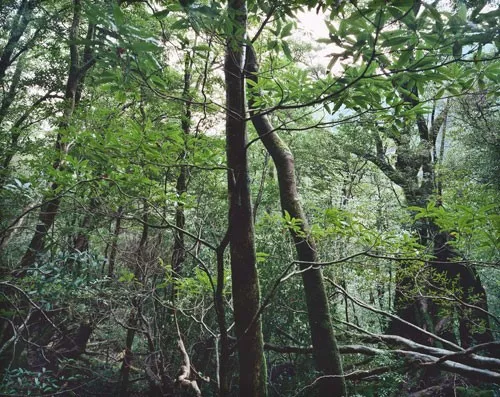
3) Paradise: Yakushima, Colur pigment inkjet prints, size: 32,9 x 48,3 cm / 30,8 x 39,0 cm, numbered en verso ‘316 B3’ plus original stamp ‘Thomas Struth griffelkunst 2004’.
4) Paradise: Daintree, b/w pigment inkjet prints, size: 32,9 x 48,3 cm / 30,7 x 39,0 cm, numbered en verso ‘316 B4’ plus original stamp ‘Thomas Struth griffelkunst 2004’.
5) Paradise: Xi Shuang Banna: Colour pigment inkjet prints, size:32,9 x 48,3 cm / 30,7 x 40,0 cm, numbered en verso ‘316 B5’ plus original stamp ‘Thomas Struth griffelkunst 2004’.
6) Paradise: Yosemite National Parc, Colour pigment inkjet prints, size: 32,9 x 48,3 cm / 30,7 x 39,4 cm, numbered en verso ‘316 B6’ plus original stamp ‘Thomas Struth griffelkunst 2004’.
_______________________________________
Thomas Struth: « Rose Winterthur“, 1991, Lithograph on 300g Velin, signed, numbered, edition of 40, size: 61 x 49 cm.Price upon request.
Thomas Struth: „Rosa Azalee, Düsseldorf, Neanderstraße“ 1993/2000, C – print, signed, numbered, edition of 100, size: 24 x 18 cm.Price upon request.
Thomas Struth:‘Sonnenaufgang (Sunrise) in den Bergen bei Kiso-Fukushima, Japan’, 1987, C – print, signed, dated, numbered in pencil en verso, edition of 100, size: 30,4 x 40,5 cm.Price upon request.
Thomas Struth:”Tokyo (Suburb of Bunkyo)”, 1999, C Print, signed, numbered, dated en verso, edition of 200, size: 18 x 12,7 cm, plus hardcover book: ‘Thomas Struth präsentiert Deutsche Stadtbaukunst der Gegenwart,Mai 2010, Salon Verlag, Publisher von Gerhard Theewen, 190 pages, 136 pictures b/w and 8 city maps. German language.Priceupon request.
Thomas Struth: ‘Zhejiang Zhong Fu, Shanghai’, 1997, C -Print, signed, numbered, edition of 20, size: 40 x 65 cm. Price upon request.
Thomas Struth: ‘Magnetic Composite Synthesis Qiagen, Hilden”, Lithograph on 300 g. Velin d’Arches, signed, numbered, edition of 100, size: 69 x 89 cm.Price upon request.
Thomas Struth:‘Steamless Tube Production, Tenaris Siderca, Campana/Buenos Aires’, 2009, C- print, signed, numbered, edition of 5, size: 160 x 203 cm.Priceupon request.
Thomas Struth:”Orbiter Processing, Kennedy Space Center, Cape Canaveral”, 2008, Lithograph on 300 gr. Velin, signed, numbered, edition of 100, total size: 89 x 69 cm, picture size: 76 × 57 cm.Priceupon request.
Thomas Struth: ‘Museo del Prado’, 2009, C – print, signed, numbered, edition of 100, size: 9.6 x 11.2 in / 24.6 x 28.6 cm.Priceupon request.
